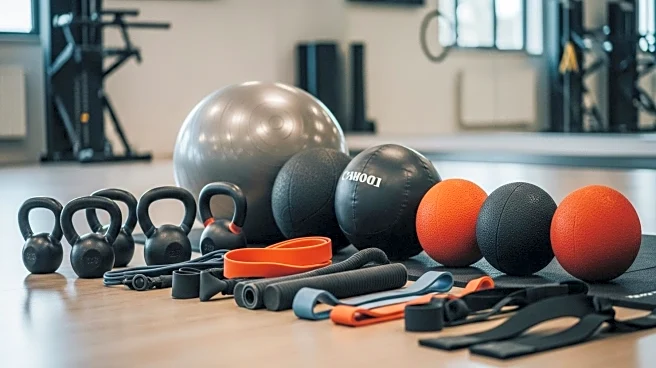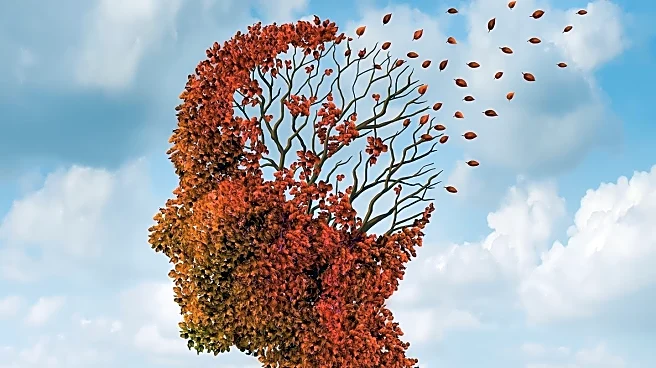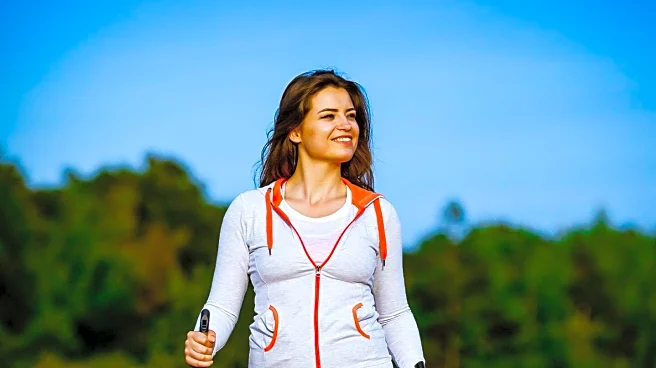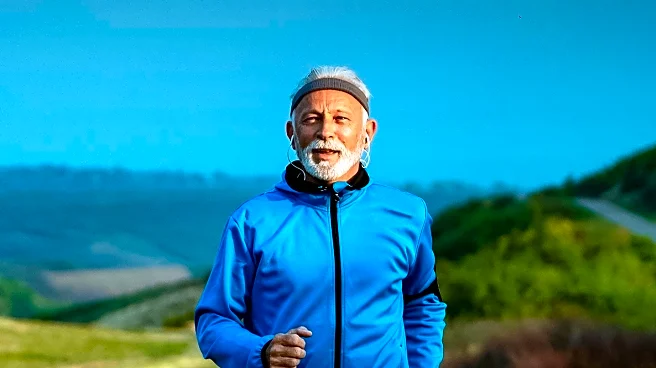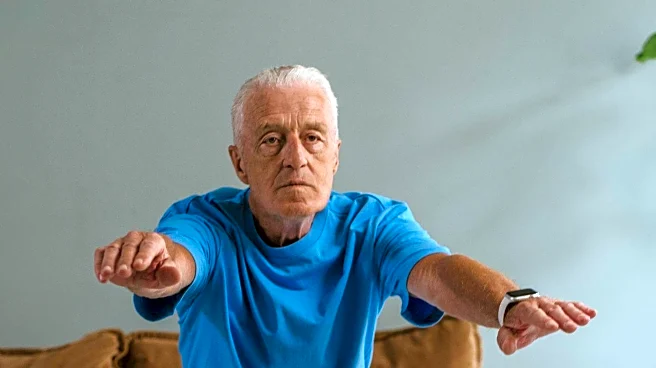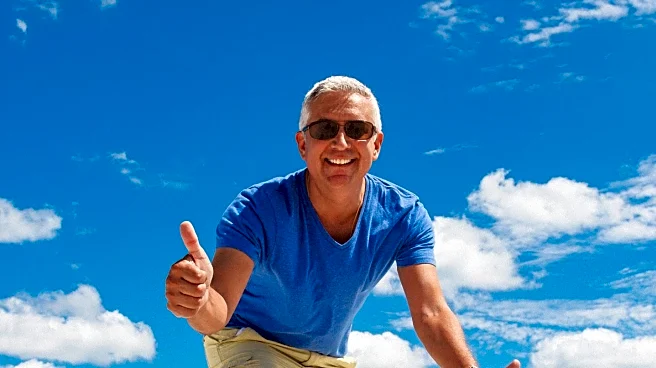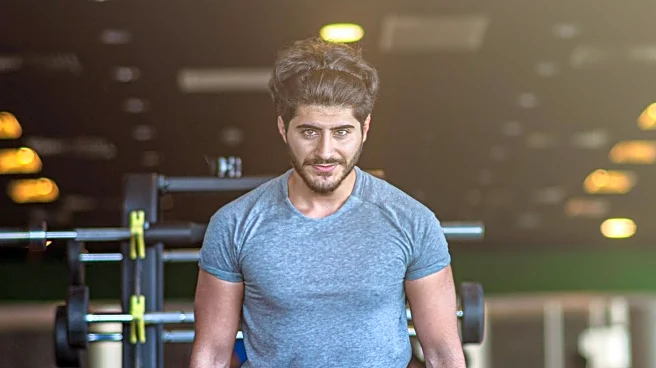What's Happening?
As individuals age, their bodies require adjustments in exercise routines to prevent injury and maintain health. Experts have identified several common exercises that can be detrimental to those over 40, including plyometric exercises, twisting movements, rucking, Olympic lifts, sprinting sports, sit-ups, crunches, behind-the-neck lat pulldowns, and long-distance running. These activities can strain joints, connective tissues, and muscles, leading to potential injuries. Dr. Milica McDowell, an exercise physiologist, emphasizes the importance of adapting workouts to accommodate decreased reaction times and movement coordination. Celebrity trainer Robert Brace highlights the need for proper technique and alignment to avoid accelerating wear and tear on the body.
Why It's Important?
The significance of this information lies in its potential to prevent injuries and promote healthier exercise habits among individuals over 40. As the body ages, joints and connective tissues become less forgiving, making it crucial to modify exercise routines. Avoiding high-impact and improperly executed exercises can reduce the risk of injuries such as tendon strains, muscle tears, and joint damage. This guidance can help older adults maintain their fitness levels while minimizing health risks, ultimately contributing to better long-term physical well-being and quality of life.
What's Next?
Individuals over 40 are encouraged to consult with fitness professionals to tailor their exercise routines to their specific needs. This may involve incorporating longer warm-ups, focusing on alignment, and gradually increasing the intensity of workouts. Fitness centers and trainers may offer specialized programs for older adults, emphasizing safe and effective exercises. Additionally, ongoing research and education on age-appropriate fitness practices can further support this demographic in achieving their health goals.
Beyond the Headlines
The broader implications of this advice extend to the fitness industry, which may see increased demand for age-specific training programs and equipment. There is also a cultural shift towards recognizing the importance of adapting physical activities to suit aging bodies, promoting a more inclusive approach to fitness. This development highlights the need for awareness and education on the physiological changes that occur with age and how they impact exercise choices.


